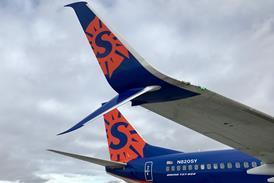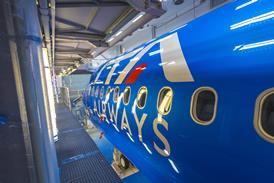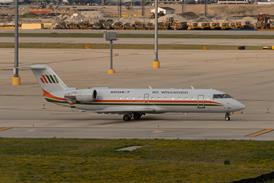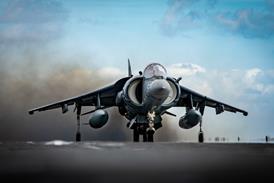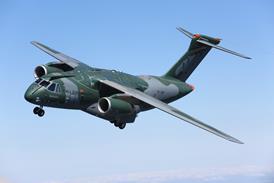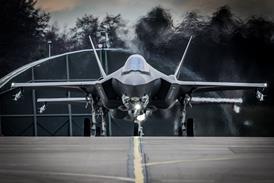Accident investigation reports are not always the last word. New knowledge can alter old verdicts, and official accounts should be revised
The curtain has finally fallen on eight years of recrimination over a disputed accident investigation, and the relief felt by all parties involved is tangible. Roselawn, in Indiana, USA, where an ATR 72 crashed in icing conditions in 1994, has become almost as resonant a word as Saginaw for those who have been in the business since the 1970s - both recall US National Transportation Safety Board (NTSB) verdicts on the probable cause about which argument raged for years.
There were differences, though. Saginaw involved a remarkable recovery by a Trans World Airlines Boeing 727-100 from an upset followed by a 30,000ft (9,000m) spiral dive (Flight International, 1-7 February, 1995), but it was an all-US affair. The aircraft, airline, crew and investigators were all of the same nationality. Roselawn brought other nationalities - and therefore other cultures and modi operandi - into the picture: the airline, crew and investigator were American, but the aircraft manufacturer was Franco-Italian and the lead certificating authority French.
The NTSB's original decision about the probable cause at Roselawn was merciless in its criticism of the ATR 72's manufacturer and lead certificating authority. If an air accident investigating authority were a court of law it would have been a verdict of gross negligence. Now, eight years later and after relentless protests from ATR, the French Direction Général de l'Aviation Civile (DGAC), and even the US Federal Aviation Administration - which was also criticised - the NTSB has modified its verdict on the probable cause to one which is critical but far less damning.
The decision to review the Roselawn report is significant. Updating of old reports does not usually happen - they are normally accepted as historical documents, warts and all. Some 18 years after Saginaw - which happened in 1979 - the US Air Line Pilots Association (ALPA) commented that there were many reports later acknowledged as wrong in the light of new technical and operational knowledge but, because of lack of resources, are not re-examined. And in the Saginaw case, that was not for lack of pressure from ALPA and Capt Harvey "Hoot" Gibson, the captain who saved the aircraft but was, in the report, also blamed for the upset that caused the dive.
Although the revised Roselawn report is still not precisely in the form that some of the parties to the investigation believe it should be, it would be reasonable to suggest that as many lessons have been learned about the art of accident investigation as about icing on turboprop aircraft types. The tortuous process that brought resolution involved many facets. Some of them have been simply human: people listening to each other, for example. Some have involved hard work: the FAA has since carried out a massive programme to test the effectiveness of icing protection on turboprop types in general, and of the methods pilots use for employing that protection. The FAA's programme has increased enormously the knowledge of how icing occurs on aircraft protected by wing leading-edge de-icing boots, and specifically on the system's limitations. Apart from making flying safer, the knowledge accumulated also helped those involved understand better what happened at Roselawn, and why.
One of the problems with not revisiting old reports is the fact that inaccurate findings distort statistics. This, in turn, can distort studies looking for trends. So the NTSB is to be congratulated for setting a vital precedent and other nations should take note. There are plenty of reports out there about which the world has serious doubts, but few investigating authorities outside the USA have cultures that would allow them to make revisions.
When different cultures meet in an accident investigation - as they often do - the investigators have to acknowledge that this will bring another dimension to their work. It will no longer be purely forensic, as it ideally should be. One product of the human dimension, which looms larger in a multicultural environment, is the temptation to look for where the blame will fall, and perhaps to shift or spread that blame - preferably outside your own country. But blaming is not the role of an accident investigation. The objective is to find the cause and it is not the investigators' task to direct the pointing of fingers of blame. That is why the best solution for tempering this human tendency is to have an International Civil Aviation Organisation chairman heading all major accident investigations, even though the investigative expertise may continue to be provided by the country where the accident occurred.
Source: Flight International

